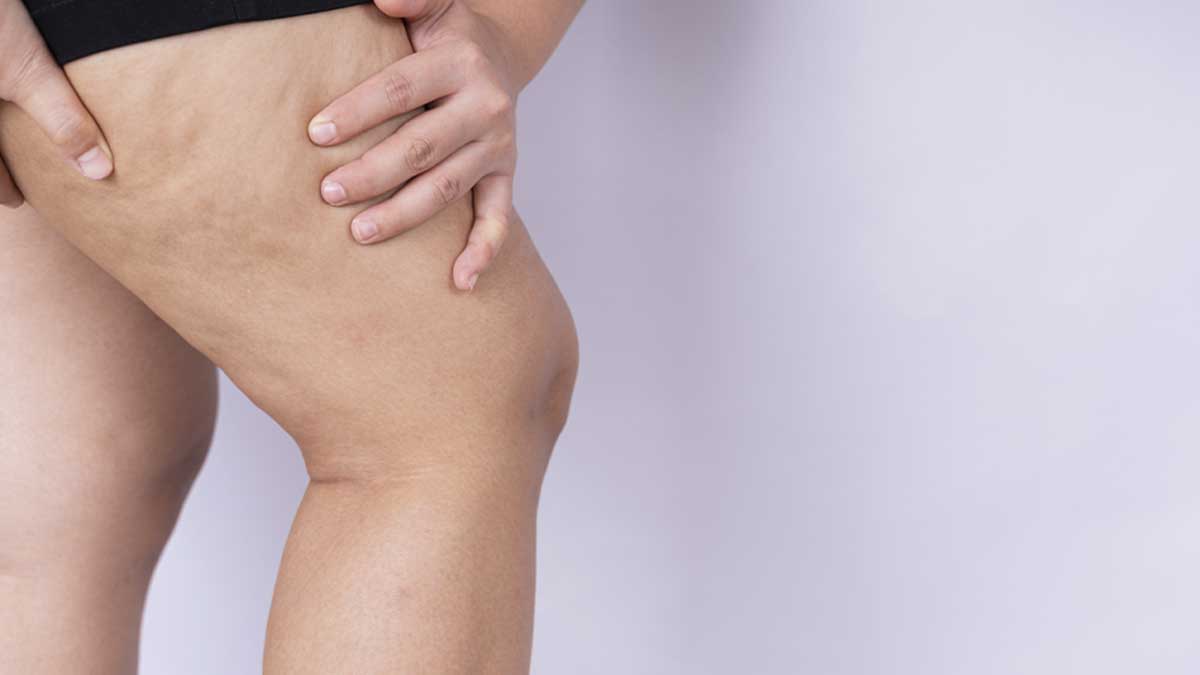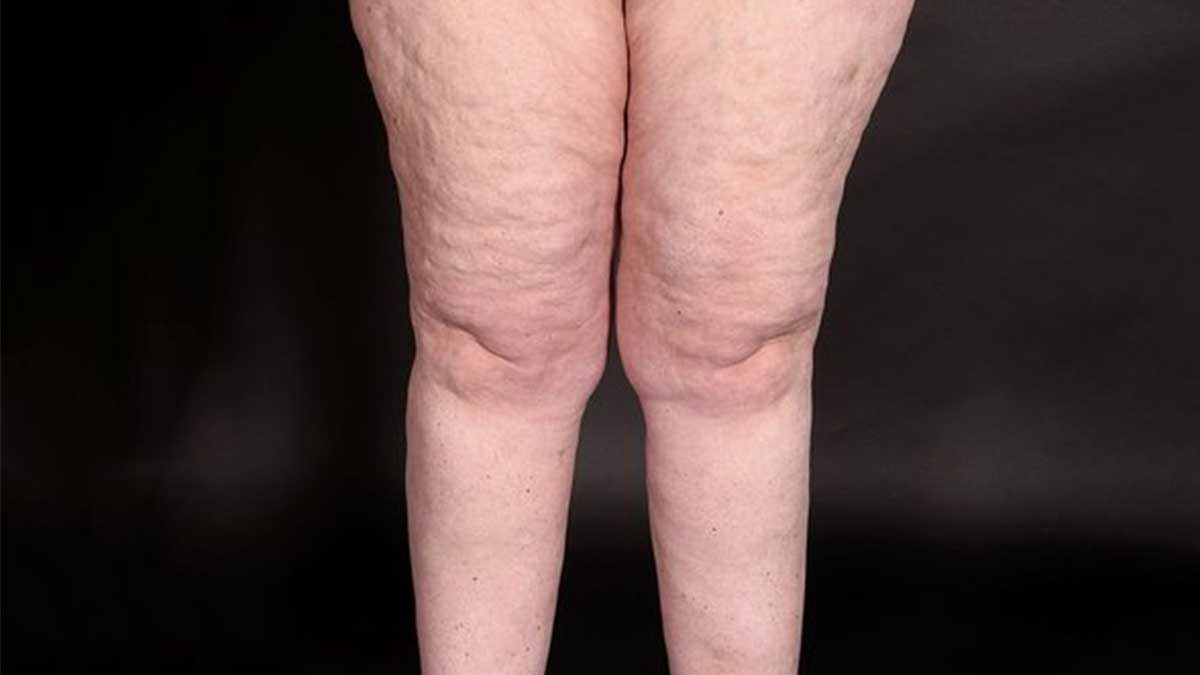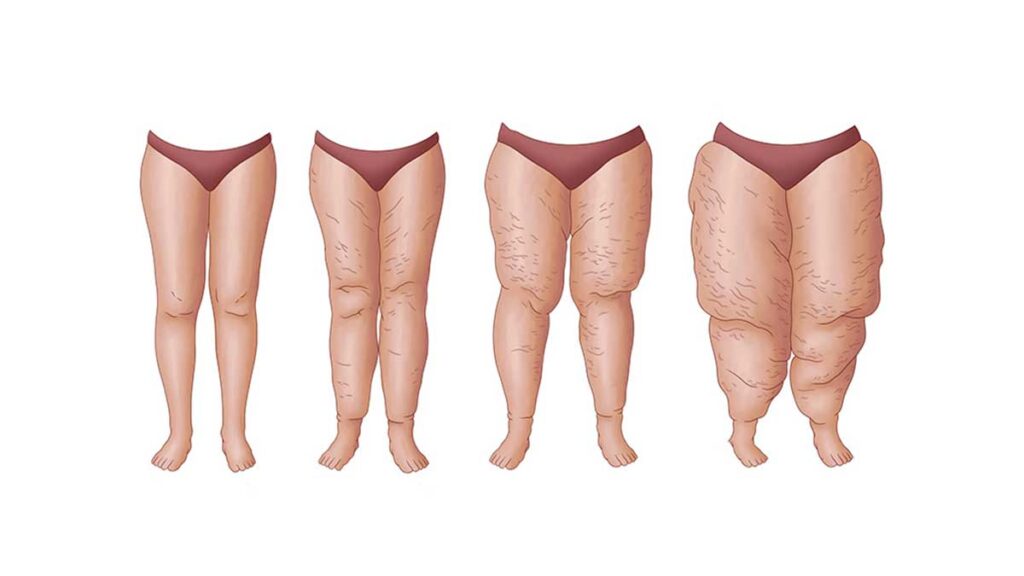When many people hear about unusual fat accumulation or swelling in their legs and arms, they often wonder What Is Lipedema? a chronic condition that affects mostly women and is frequently misunderstood or misdiagnosed. This article aims to provide a thorough explanation of what lipedema is, its causes, symptoms, diagnosis, treatment options, and how to live well with this condition. For those looking for Buying Guides and Tips, understanding treatment options and daily care routines is essential.
What Is Lipedema?
What is lipedema is a medical condition characterized by an abnormal accumulation of fat cells, primarily in the lower body, including the hips, thighs, buttocks, and sometimes the arms. Unlike regular obesity, this fat buildup is symmetrical and disproportionate to the rest of the body, causing discomfort, swelling, and a heavy feeling in affected limbs. Awareness of lipedema is important not only for symptom recognition but also for Injury Prevention and Health.
Lipedema is often confused with obesity or lymphedema, but it has distinct features that require specific recognition and treatment. Because awareness about what is lipedema remains low, many patients suffer from misdiagnosis or delayed diagnosis, leading to ineffective treatments and increased physical and emotional distress.
Understanding Lipedema: What Is It?

Lipedema is a disorder of fat metabolism and distribution. It primarily affects women, often becoming noticeable during hormonal changes such as puberty, pregnancy, or menopause. The condition is believed to have a genetic component, although the exact cause of lipedema is still unknown.
The hallmark of lipedema is the symmetrical accumulation of fat tissue that does not respond to diet or exercise. This fat often feels tender or painful to the touch and can cause easy bruising. Patients may notice that their upper body remains relatively slim while their lower body shows significant swelling and enlargement.
Signs and Symptoms: Recognizing What Is Lipedema?
Knowing what-is-lipedema involves identifying its common symptoms. Some of the primary signs include:
-
Symmetrical fat deposits on hips, thighs, and legs, often sparing the feet.
-
A feeling of heaviness or discomfort in the limbs.
-
Increased tendency to bruise easily.
-
Pain or tenderness in the affected areas.
-
Skin may feel cold or soft compared to surrounding tissues.
-
Swelling that worsens throughout the day but improves with elevation or rest.
These symptoms often worsen over time if left untreated. Early diagnosis and intervention can significantly improve quality of life.
How Is Lipedema Diagnosed?
One of the biggest challenges for patients is understanding what is lipedema and differentiating it from other conditions such as obesity or lymphedema. Diagnosis is mostly clinical, relying on physical examination and patient history. There is no definitive blood test or imaging study to confirm lipedema, but doctors may use ultrasound or MRI to rule out other conditions.
Healthcare providers trained in lymphatic and fat disorders look for key features such as the characteristic fat distribution, sparing of the feet, and the presence of pain and easy bruising. Family history is also considered, as lipedema tends to run in families.
Causes and Risk Factors
The exact cause of what is lipedema remains unclear, but researchers suspect a combination of genetic predisposition and hormonal influences. Almost exclusively affecting women, the condition often appears or worsens during times of hormonal change, including puberty, pregnancy, or menopause.
Some experts believe abnormalities in fat cell metabolism and lymphatic system dysfunction contribute to the development of lipedema. It’s important to note that excessive weight gain or obesity can worsen symptoms but is not the primary cause.
Treatment Options for Lipedema

Since lipedema is a chronic and progressive condition, understanding what is lipedema also means knowing how to manage it effectively. Treatment usually focuses on symptom relief and improving mobility rather than complete cure.
Conservative Treatments
- Compression therapy: Wearing compression garments helps reduce swelling and discomfort by improving lymphatic flow
-
Manual lymphatic drainage (MLD): Specialized massage techniques to reduce fluid buildup and pain.
-
Exercise: Low-impact activities like swimming or walking support lymphatic drainage and improve overall health.
-
Diet and weight management: Although lipedema fat does not respond to dieting, maintaining a healthy weight helps reduce additional strain on the body.
Surgical Treatments
Liposuction specifically designed for lipedema patients (often called tumescent liposuction) can remove abnormal fat deposits, relieve pain, and improve mobility. Surgery is considered when conservative therapies fail to provide adequate relief.
Living With Lipedema: Tips and Support
Learning what-is-lipedema includes understanding how to live well with it. Patients are encouraged to seek support groups, educate themselves about the condition, and work closely with healthcare providers.
Maintaining a positive mindset, staying physically active, and following treatment plans can improve quality of life. Psychological support may also be beneficial, as chronic conditions like lipedema can impact mental health.
The Difference Between Lipedema and Other Conditions
Often, patients confuse lipedema with obesity or lymphedema. Understanding what is lipedema helps clarify these differences:
-
Obesity involves generalized fat accumulation responsive to diet and exercise.
-
Lipedema is a disproportionate, symmetrical fat buildup resistant to weight loss efforts.
-
Lymphedema is swelling caused by lymphatic system blockage, usually affecting one limb asymmetrically and involving the feet.
Accurate diagnosis ensures proper management and avoids ineffective treatments.
Research and Future Directions
The medical community continues to study lipedema to better understand its causes and develop new treatments. Advances in imaging, genetics, and surgical techniques offer hope for improved patient outcomes.
Public awareness campaigns and education about what is lipedema are vital to reduce stigma and promote early diagnosis.
Conclusion
In summary, what is lipedema is a chronic, often misunderstood condition characterized by abnormal fat accumulation in the lower body, primarily affecting women. It presents with distinct symptoms such as symmetrical fat deposits, pain, and easy bruising. Though there is no cure yet, various treatment options are available to manage symptoms and improve quality of life.
If you or someone you know is struggling with unexplained swelling or disproportionate fat accumulation, consulting a healthcare professional experienced in lipedema can make a significant difference.







